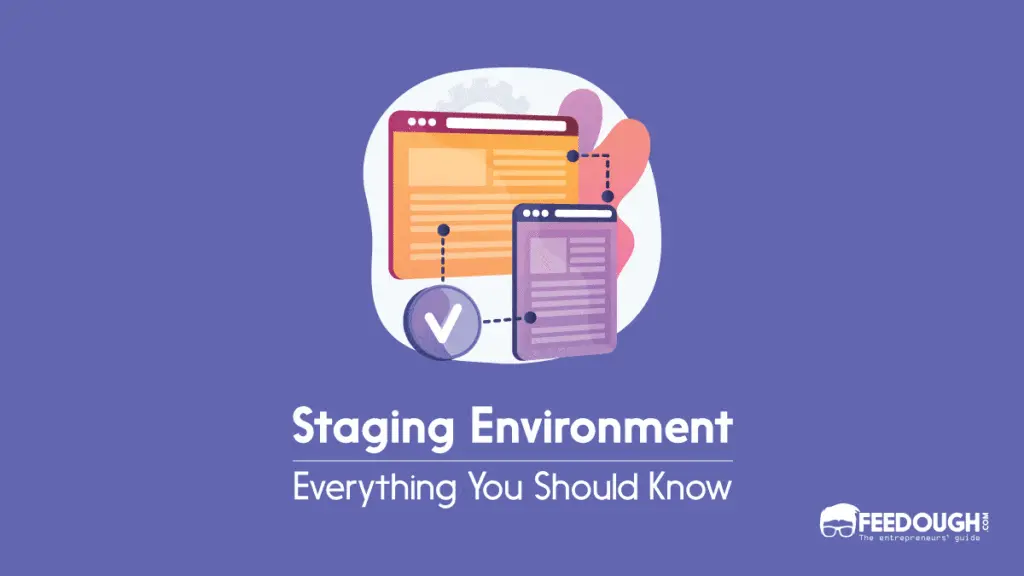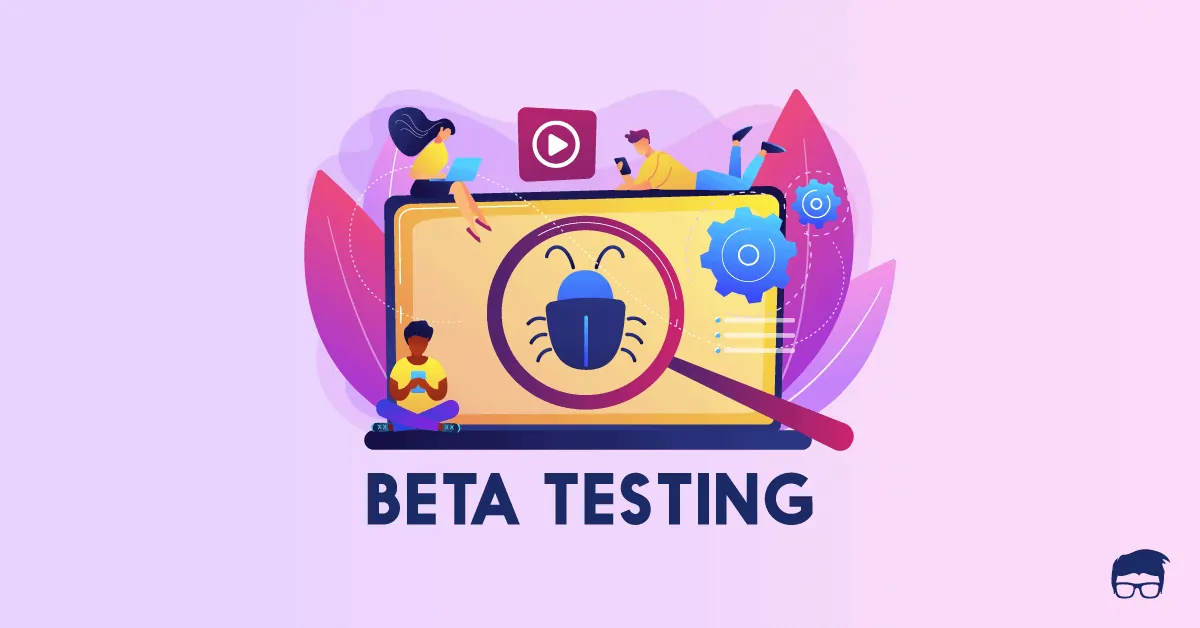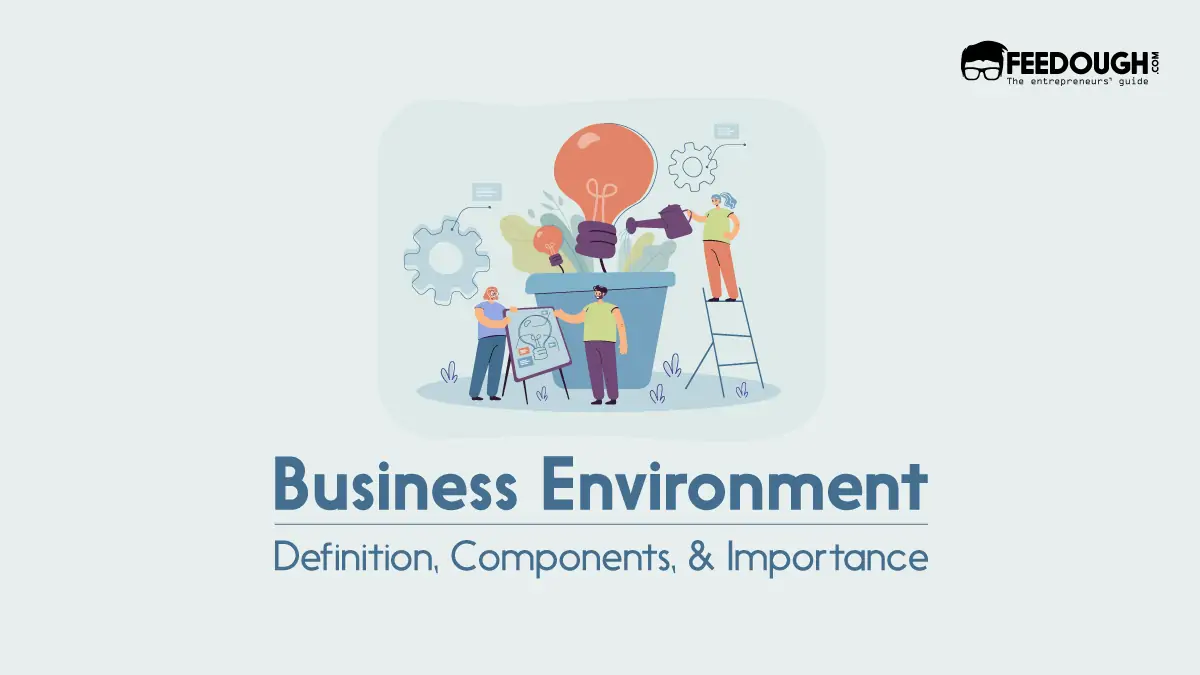At a time when technological advancements are so rapid, providing customers with new features is almost a new necessity. If offerings are not updated, then users can drift towards competitors.
But developers cannot make changes in a live setting. They need a safe environment to test and add new functions to the products. A staging environment provides these safe conditions to the developers. It allows them to make changes without letting the users know.
What Is A Staging Environment?
A staging environment offers testers a replica of the production environment to test new codes and updates before making them live.
This environment guarantees the exact configuration of hardware, servers, database, and caches in which the product is likely to perform. It’s a very close imitation of the production environment to guarantee proper testing. In other words, it is the precise simulation of the actual conditions to test the product.
In simple terms, it is a stage where developers can perform various experiments on the product to discover its best version. It makes sure that the users are always provided with the best experience.
Which Tests Are There In A Staging Environment?
Smoke test and User Acceptance Testing (UAT) are the two types of tests in a staging environment.
A smoke test is also known as a build verification test or build an acceptance test. It tests the essential service functionalities. This means that it tests the main functions when a new build is under development and integration.
UAT is also known as application testing or end-user testing. It tests the performance from the user’s perspective, and it tries to ensure quality and user-friendliness. Typically, business users and product managers become testers in UAT. Besides testing the basic functionality, the user will also test whether the product’s look matches their branding, setting, and style standards.
Other than that, developers can also perform chaos engineering in a this environment. Chaos engineering is the process of constantly breaking the code to reinforce confidence in the system.
Although chaos engineering is generally performed in a production environment, it is also possible to perform it in a staging environment. It helps in the early detection of potential issues that a product may have in a production system.
What Are The Benefits Of A Staging Environment?
There are several benefits of using a staging environment. These are:
- Staging environment allows the testers to examine the product on a near-production level in a non-production environment.
- It offers a platform where the developers can perform an ultimate quality assurance check. This ensures that users get the best quality.
- The developers can ensure that the new versions’ changes are working in an intended manner by releasing new features in staging first.
- Companies can also use a this environment to give demos of their products to the customers.
What Are The Limitations Of The Staging Environment?
The staging environment also has some limitations, which are:
- It is not possible to completely replicate the production environment. A Staging environment can only provide a close copy of it.
- This environment can not test the product for the stress of high levels of traffic which is present in live conditions.
- It can lead to more problems if the staging environment is not built properly or if it is under-utilized. For example, if the staging environment and production environment’s configurations don’t match, then the results will also be incorrect.
- It isn’t easy to test the product for a very long period of time in a staging environment. Thus, developers cannot test issues like data corruption and memory leak.
Staging Environment vs Test Environment
Sometimes, people get confused between the staging environment and Test Environment because they have similar applications. They both are used to ensure that every component performs its job. Although their applications are pretty identical, developers still require both environments to perform tests. They need both environments because staging and test environment has some minor differences, which are as follows:
Staging Environment | Test Environment |
|---|---|
A staging environment duplicates the production environment to test the product. | Test Environment helps to test a particular part of the product. |
It should be able to replicate all the requirements and correct configurations of the production environment. | It requires a different configuration and data setup; thus, it has no such thing as a one-size-fits-all setup. |
The Staging environment is a setting to examine the complete product. | The test environment is an environment to test individual components. |
In a staging environment, the complete product is tested under real conditions. | While, in a test environment, the code dictates the setup of the environment. |
This environment ensures that every component will work properly in a real environment. | The test environment makes sure that every individual component is performing its job. |
Why Is It Important To Test Products In Multiple Environments?
During the product development process, the developers test the product in different environments like Integration, Development, Test & QA, Staging, and Production. It is quite essential to have multiple environments because it allows developers to work individually but concurrently on the project.
For example, new functionalities can be tested in the staging while the older version is also available to users in a production environment.
What Comes After The Staging Environment?
Once the product is completely tested in the staging environment, the next step is to release it for end users in a production environment. It is the final stage of production. It is the live performance where the users can use, practice, and interact with the product. Thus, squashing out all the bugs before the production environment is important.
Ankit likes to research and write articles on topics like startups, entrepreneurship, marketing, and technology. Other than writing, he is a big sports enthusiast.








